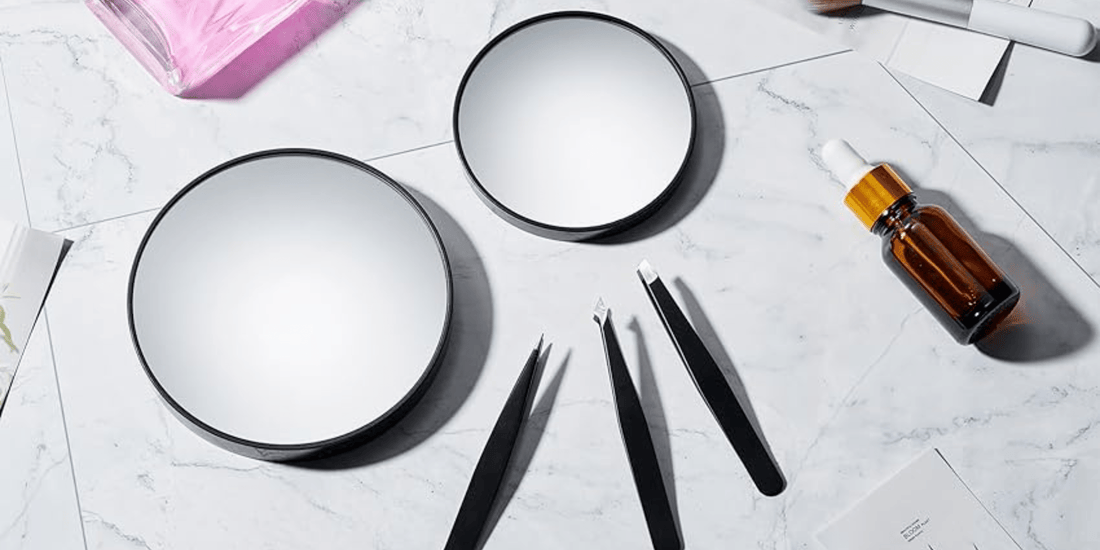For centuries, mirrors have been an essential tool helping us perfect our looks and present our best selves to the world. While traditional mirrors are useful, magnifying makeup mirrors take our beauty routines to the next level. Have you ever wondered about the science behind these incredible tools?
The Basics of Magnification
Before we dive into the science, it's crucial to understand the basic concept of magnification. In the context of makeup mirrors, magnification refers to the increase in the apparent size of the reflected image. The more magnified the mirror, the larger the image will appear, making it easier to see small details.
Types of Magnification
There are two primary methods for achieving magnification in makeup mirrors: concave and convex mirrors. Let's take a closer look at both:
Concave Mirrors: Concave mirrors are curved inward, like a hollowed-out sphere. These mirrors magnify by reflecting light inwards towards a focal point. When you look into a concave makeup mirror, the image you see is magnified because it's reflected towards your eyes, making it appear larger.

Convex Mirrors: Convex mirrors, on the other hand, are curved outward, like the exterior of a sphere. These mirrors spread the light outwards, which results in a smaller, wider-angle image. Although convex mirrors don't make the image larger, they provide a broader field of view, which can be useful for certain makeup application techniques.
The Role of Light
Light plays a pivotal role in how magnifying makeup mirrors function. When light from your face reflects off the mirror's surface, it passes through the glass, undergoes reflection, and forms an image. The specific curvature of the mirror determines how the light rays converge (in the case of concave mirrors) or diverge (in the case of convex mirrors), leading to either magnification or a wider field of view.
Magnification Power
Magnifying makeup mirrors are often labeled with a magnification power, which is represented as "X" (e.g., 5X, 10X). This number indicates how many times larger the reflected image appears compared to what you'd see in a standard mirror. For example, a 5X magnification mirror makes objects appear five times larger than their actual size.
Browse Omiro's Magnifying Mirrors
Distortion and Aberrations
While magnifying makeup mirrors are incredibly useful, they are not without their quirks. High levels of magnification can lead to some distortion and aberrations in the reflected image. Slight curvature in the mirror's surface or imperfections in the glass can cause image distortions, which is why some mirrors have anti-distortion features.
Illumination: The Game-Changer
In addition to magnification, many makeup mirrors come equipped with built-in illumination, often in the form of LED lights. Proper lighting is a game-changer in your makeup routine, as it ensures even, consistent lighting that mimics natural sunlight. The science here lies in the color temperature of the LEDs, which can be adjusted to match various lighting conditions, making it easier to achieve flawless makeup application.
Magnifying makeup mirrors are a testament to the marriage of science and beauty. Whether it's through concave or convex mirrors, these tools provide the magnification we need to see intricate details and apply makeup with precision. Understanding the science behind these mirrors can help you make an informed choice when selecting the perfect one for your beauty routine. So, the next time you admire your perfectly applied makeup in one of these mirrors, you can appreciate the optical principles that make it all possible.




